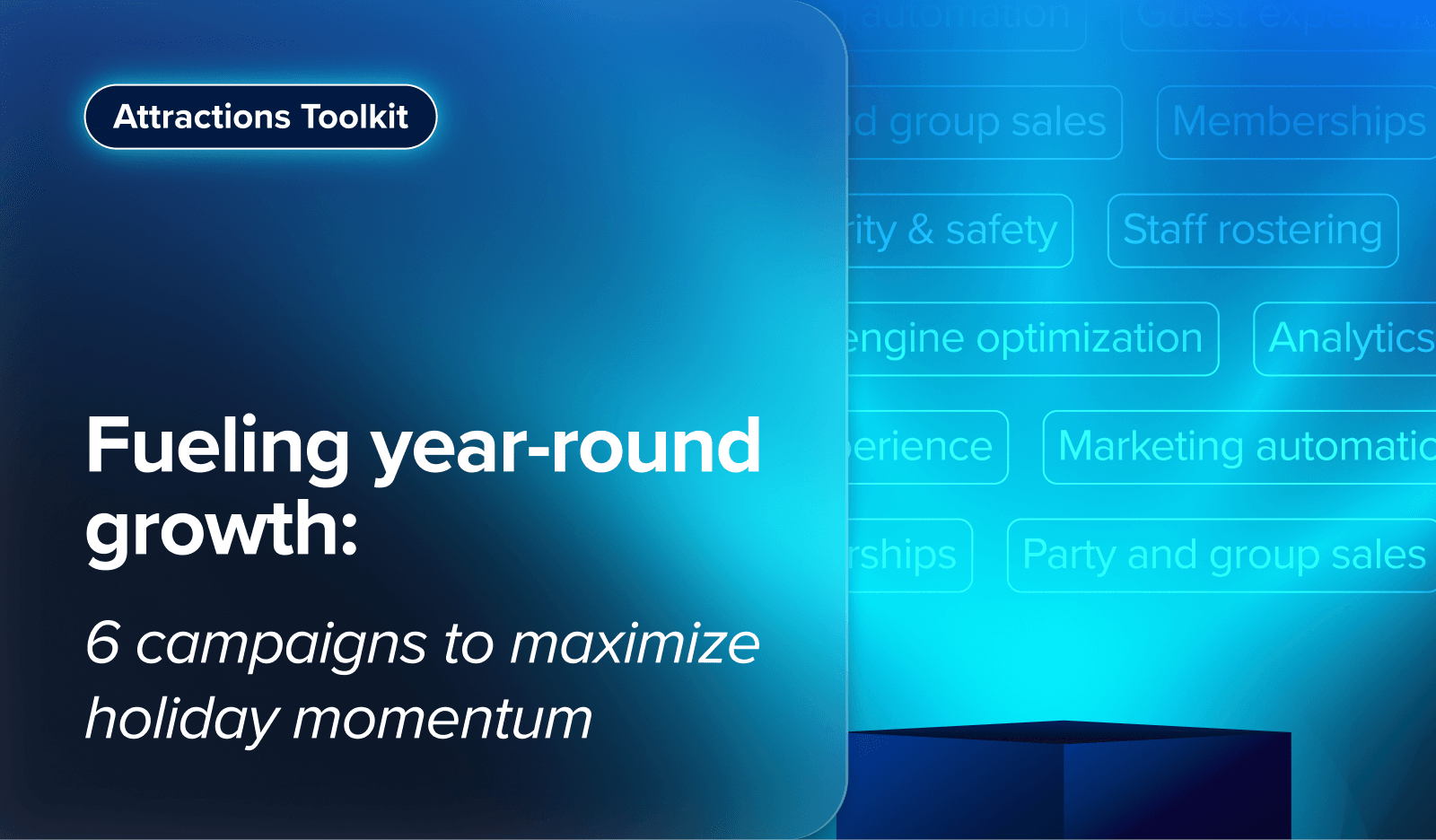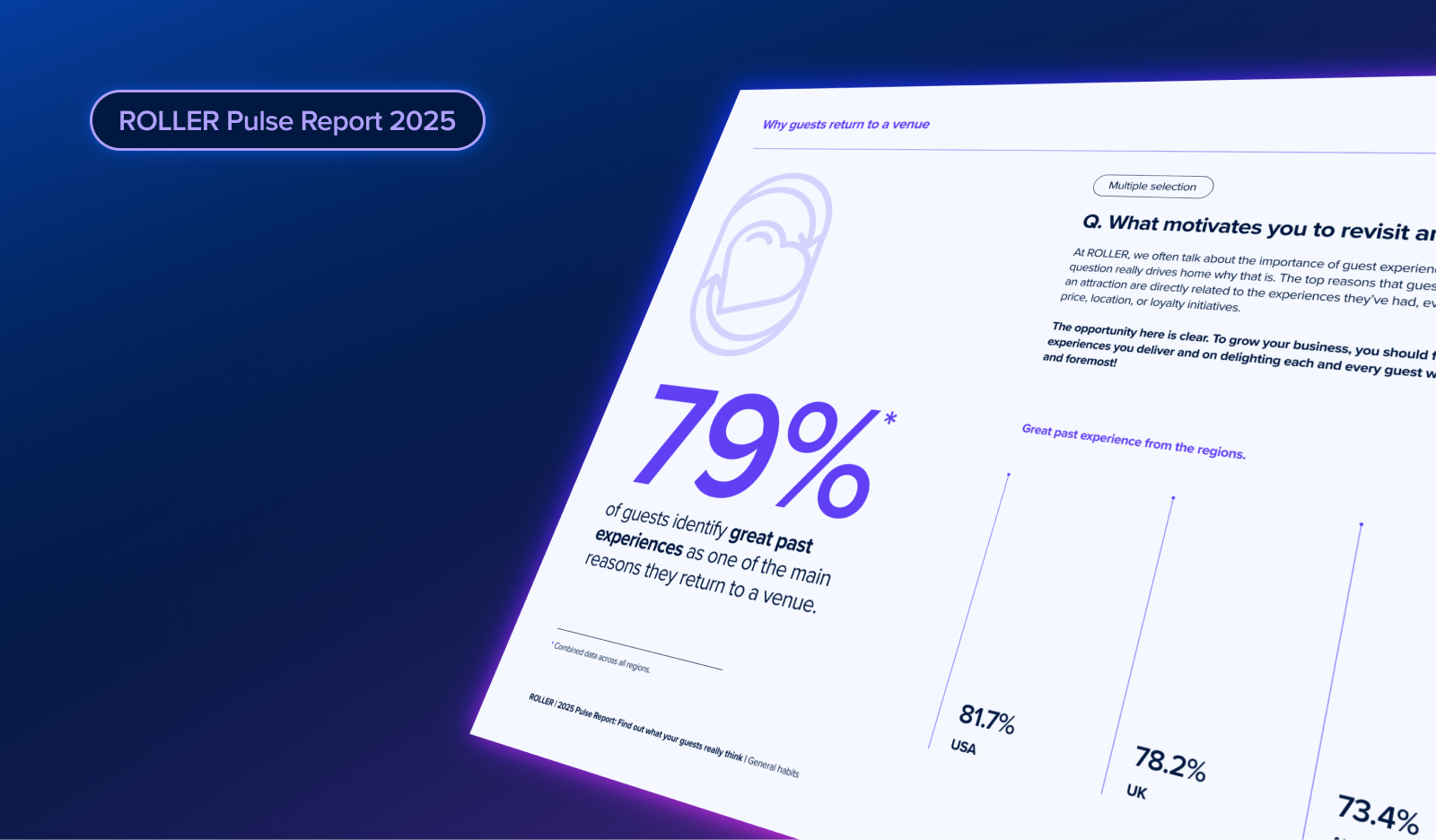.png?width=820&name=How%20your%20brand%20strategy%20impacts%20guest%20experience_Social(2_1).png)
Brand strategies concern how organizations present their brand to consumers and position themselves in the market. It is normally made up of an understanding of the competitive landscape, an organization's purpose, and demonstrated processes and policies to drive customer loyalty and employee advocates. Having a well-defined brand strategy in place positions organizations well to better communicate their vision, appeal to their target audiences, and speak on their value proposition with authority.
So now that you know how important it is to develop a brand strategy and execute against it, how do you align it with other business priorities, say, your guest experience? Addressing how you can drive consistency across all areas of your business operations is critical to driving growth, saving time, and getting the most out of your teams. In this case, if the two are misaligned, it can lead to service failures, missed expectations, poor online reviews, and a damaged reputation.
On the flip side, when the two go hand-in-hand, they can create a powerful guest experience that begins long before guests set foot on the property and continue long after they depart. Recently, Jeremy Wells, Partner with Longitude, joined the Guest Experience Show to discuss the importance of brand strategy in the hospitality industry. Longitude is a branding and design studio for hotels, and the lessons Jeremy shared directly apply to the attractions industry.
Bridging brand strategy with guest experience
Jeremy stresses that strategically thinking about brand strategy is critical to any business because of its impact on the guest experience. Your brand strategy begins before a guest’s arrival with your digital touchpoints that ultimately lead to guests deciding to visit or not. Your brand’s awareness begins with your website, social media pages, online travel agencies, and review sites. What perception are you creating at this stage of the guest journey, and what position do you hold in the marketplace?
Jeremy also talks about the importance of having a seamless booking engine, which impacts your reputation, the decision to visit, and the actual volume of bookings. If your booking engine is not up to date or does not offer a flawless user experience, it will reduce bookings and chip away at your reputation.
Once a guest arrives onsite, your brand strategy that was sensed in the pre-arrival phase is now put to the test. What happens upon entry? How does your brand show up when the guest sets foot on the property, and does it match the expectation made at the time of booking? Then, after the visit, the ultimate goal of any brand strategy is for the experience to be so powerful that the guest becomes an advocate of your brand.
Jeremy mentions that guest experience and brand strategy can be like a chicken and an egg. Some people naturally have the guest experience and hospitality components covered, and the brand strategy will come naturally. Still, even in those types of businesses, they need to put up more defined guardrails to take their strategy to the next level.
When marketing and operations are misaligned
One of the biggest friction points for all hospitality businesses, including leisure attractions, is when marketing tells a different story than the actual guest experience. If your website gives an impression of an experience that is different from what guests encounter, it sets you up for service failures - both as a business as well as for the team members who are responsible for attempting to resolve it.
Misalignment can go both ways. On one hand, the expectation set can be greater than the experience, resulting in marketing overselling the experience, leading to dissatisfaction. On the other hand, if marketing strives to underpromise so the operations teams can overdeliver, while it may be a positive experience for guests, it also means less business, as many guests will take their business elsewhere where the expectation is higher.
Jeremy talks about online review sites, such as TripAdvisor, where most negative reviews reflect a missed expectation. Online, your reputation is out there for all to see, and when guests sense that the experience does not align with expectations, you can spiral downward quickly. For example, if a hotel pool is closed, is it posted on the website? Are guests who book during the timeframe of its renovation notified, and is every possible effort made to ensure that guests are aware? Are photos of the pool taken down from the website to suggest it will be available if it is undergoing maintenance? All of these factors should be considered to ensure that the expectation and the experience are in sync with one another. Otherwise, your online reviews will damage your reputation.
Not sure where to start? ROLLER’s Guest Experience Score helps venues collect guest feedback so management can learn about missed expectations before they turn into negative reviews.
The importance of brand touchpoints
Lastly, your brand strategy comprises multiple touchpoints that occur throughout each stage of the guest journey. Any moment a guest experiences your brand in any capacity is a brand touchpoint and can include engaging all senses. For example, scent marketing can evoke specific emotions that trigger memories long after the experience is complete and are considered to be strong brand touchpoints (recently, Alex Zeitz talked about how Virgin Voyages incorporates a signature scent as guests board the cruise ships after spending a day at the port to help emotionally align the guest back onto the vessel).
Your brand touchpoints should align directly with your brand strategy so that there is an intention and deliberate action, even if it feels spontaneous or serendipitous to the guest. Without intention, it resembles throwing darts at the board and hoping that one of them sticks. Jeremy shares a story about a team member at Ritz Carlton, which is known as a luxury brand and a top-tier guest experience. The team member observed a small child disappointed after unsuccessfully searching the beach for starfish. When the team member noticed this, she crafted a hand-drawn map with directions along the beach and gave the map to the child. When the child followed the direction on the map, she came across the starfish that the team member had buried. This surprise and delight come from Ritz Carlton’s brand strategy to create these moments for guests without seeking approval.
When asked about the role of technology in the guest experience, Jeremy says that brands must embrace technology that is useful for their guests. It cannot just be pretty or fluffy tech, but that should solve a problem and align with what you want to accomplish with your brand. When that’s the case, businesses should embrace technology to enhance their reputation and guest experience further.
Click here to learn more about how ROLLER uses technology to remove friction in the guest experience, which leads to greater convenience and advocacy, driving more revenue for attractions businesses.
Related articles


What the 2025 Pulse Report Reveals About the Guest Experience
.png)
What the 2025 Pulse Report Reveals About Guest Booking Behavior at Attractions
Enhance your guest experience
Get free education, tips and inspiration to help you run a successful venue.
